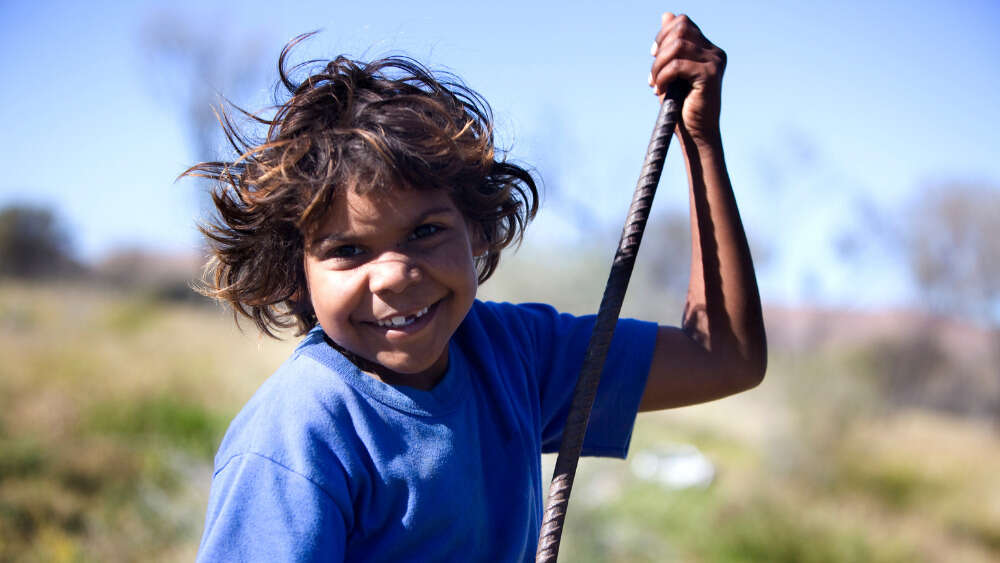Stolen Generation survivors to receive reparations and individual apologies
A historic reparations scheme announced yesterday will see survivors of the Stolen Generation paid reparations by the Australian government to acknowledge the harm caused to them by past governments’ forced removal policies.
The $378.6 million redress scheme is for Indigenous people in the Northern Territory, the ACT, and the Jervis Bay territory in NSW, with reparation package applications open from 1 March 2022 until June 2026.
Stolen Generations survivors will be given a one-off payment of $75 000 and the opportunity to tell their story and receive an individual apology from a senior government official.
Stolen Generations survivors will be given a one-off payment of $75 000 and the opportunity to tell their story and receive an individual apology from a senior government official.
“This announcement reflects the government’s commitment to recognise and acknowledge the wrongs of the past as part of the nation’s journey to reconciliation, and this scheme represents a major step forward towards healing,” the federal Minister for Indigenous Australians, Ken Wyatt, said in a statement.
Descendants of Stolen Generations survivors who pass away between now and March next year will be able to apply on their behalf.
The redress scheme is part of a wider $1 billion package designed to meet the National Agreement on Closing the Gap targets – a plan to reduce inequities between Indigenous Australians and non-Indigenous Australians by 2031.
Under the plan, Aboriginal Community Controlled Health Organisations will also receive a funding injection, along with programs to reduce Indigenous incarceration rates and legal services for the support of families of Indigenous people who have died in custody.
After more than a decade of failing to meet previous Closing the Gap initiatives, this new National Agreement has been developed through a partnership between Australian governments and the Coalition of Aboriginal and Torres Strait Islander Peak Organisations. Its implementation is being delivered in a partnership among national, state, territory and local Australian governments and Aboriginal and Torres Strait Islander people, their communities, organisations, and businesses working together to achieve the targets.
“Closing the Gap is, at its core, about children”
Prime Minister Scott Morrison addressed Closing the Gap’s previous failures in his speech to parliament.
“With the Implementation Plan I table today, we are making good on our commitment to do things differently,” he said. “A path that requires deep listening – dadirri. That requires learning. Accountability. Transparency. And a genuine partnership with Aboriginal and Torres Strait Islander stakeholders and organisations – a partnership generations overdue, built on mutual respect, dignity, and above all, trust.”
The Prime Minister said he was “under no illusion that this will happen overnight” and acknowledged, in the words of Aboriginal activist Pat Turner, ‘the path being forged is rocky’. But with the Coalition of Peaks, the states and territories and local governments, we’re working together to smooth that path,” he said.
He told parliament, “Closing the Gap is, at its core, about children. The ultimate test of our efforts is that every Aboriginal and Torres Strait Islander boy or girl can grow up with the same opportunities and the same expectations as any other Australian child.”
Scott Morrison also said the government had received the Indigenous Voice Co-Design Process Final Report – a report submitted by Senior Adviser Group Co-Chairs, Professor Dr Marcia Langton AO and Professor Tom Calma AO, after 18 months of extensive co-design engagement – for the cabinet’s consideration.
“The first step was to define the detail of an Indigenous Voice. The Indigenous Voice will contribute to achieving the Closing the Gap outcomes by providing avenues at the national, local and regional levels for Indigenous voices to be heard, including to provide feedback to government on Closing the Gap,” he said. “Once a model for the Indigenous Voice has been developed, all governments will need to explore how they can work with the Voice to ensure that these views are considered.”
The Prime Minister acknowledged the time that had passed since the call for an Indigenous Voice to parliament was raised in the May 2017 Uluru Statement from the Heart.
“Some might want this process to be faster. I want it to be right,” he said.
“We have to learn from each other, and we will, as we walk and reason together, side by side as sons and daughters of this great continent.”
Email This Story
Why not send this to a friend?



